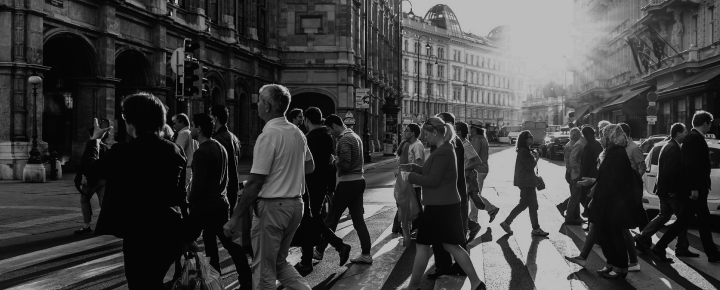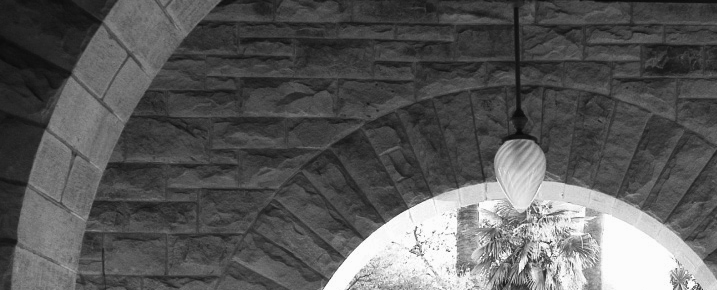Americans in Paris
archived
There is perhaps something perverse in returning to Paris in a moment of transnational studies that has aimed to diminish the metropolitan center’s hold on critical attention. Yet the case of Americans in Paris in particular offers insight into the gravitational interactions between empires . . .
More
Curator
Essay
What emerges when we look beyond the often self-assured cosmopolitan circulation of Americans abroad such as Mary Cassatt, John Singer Sargent, and James McNeill Whistler, is a larger identity construction that frequently performed cultural innocence. American artists, writers, and travelers sought to turn the liability of lacking a culture and tradition into the asset of allowing for unencumbered experience and being unaffected by the weight of history. In turn, notions of cultural innocence and belatedness that appear in late nineteenth and early twentieth century Franco-American exchange have resonances into the twentieth century, and even into the contemporary moment.
Essay
Nourrie des stéréotypes hérités de l'entre-deux-guerres, la critique des peintres et sculpteurs expatriés révèle des tensions propres au champ artistique. Leur présence questionne en effet directement la nouvelle puissance artistique des États-Unis et la définition, sujette à débat, de l'art américain.
Essay
The tenacity of the Commune's second life does not simply attest to its continuing usefulness in American culture for making sense of revolutions past and future: it also crucially reverses the assumption that transnational circuits of memory—that memory without borders, as it were—are uniquely or definitively a product of our own hyper-mediated historical moment.
Essay
"Divorce in two weeks – strictly confidential." Green considers the 1920s explosion of American divorce tourism in Paris.
Essay
"As the scholarly work of recovery and re-envisioning the American expatriate narrative continues to take shape and form, what Langston Hughes’s wonderment via his wanderings offers is a critical archive for the recuperation of another expatriate 'lost generation' that was neither white or male." Here, T. Denean Sharpley-Whiting recovers Hughes's time in Paris alongside three African-American women: Ada "Bricktop" Smith, Florence Embry Jones, and Adelaide Hall.
Book Chapter
Ce qui est remarquable dans la traduction anglaise du Serment [du Jeu de Paume] c'est que l'organe physique, la paume, disparaît en anglais au profit du geste, du mouvement à venir, de la balle qu'il va falloir attraper, peu après que l'on s'entend dire « tenetz ! » [voir tennis]. J'ai envie de lire dans cette traduction le passage à une poétique du geste dans le livre de John Ashbery : il ne s'agit pas de garder la balle, mais de faire le bon mouvement pour l'attraper et la renvoyer.
Guest Blog Post
This post examines the significant contributions of women and the dynamics of gender at the 1956 Congress of Black Writers and Artists in Paris.




